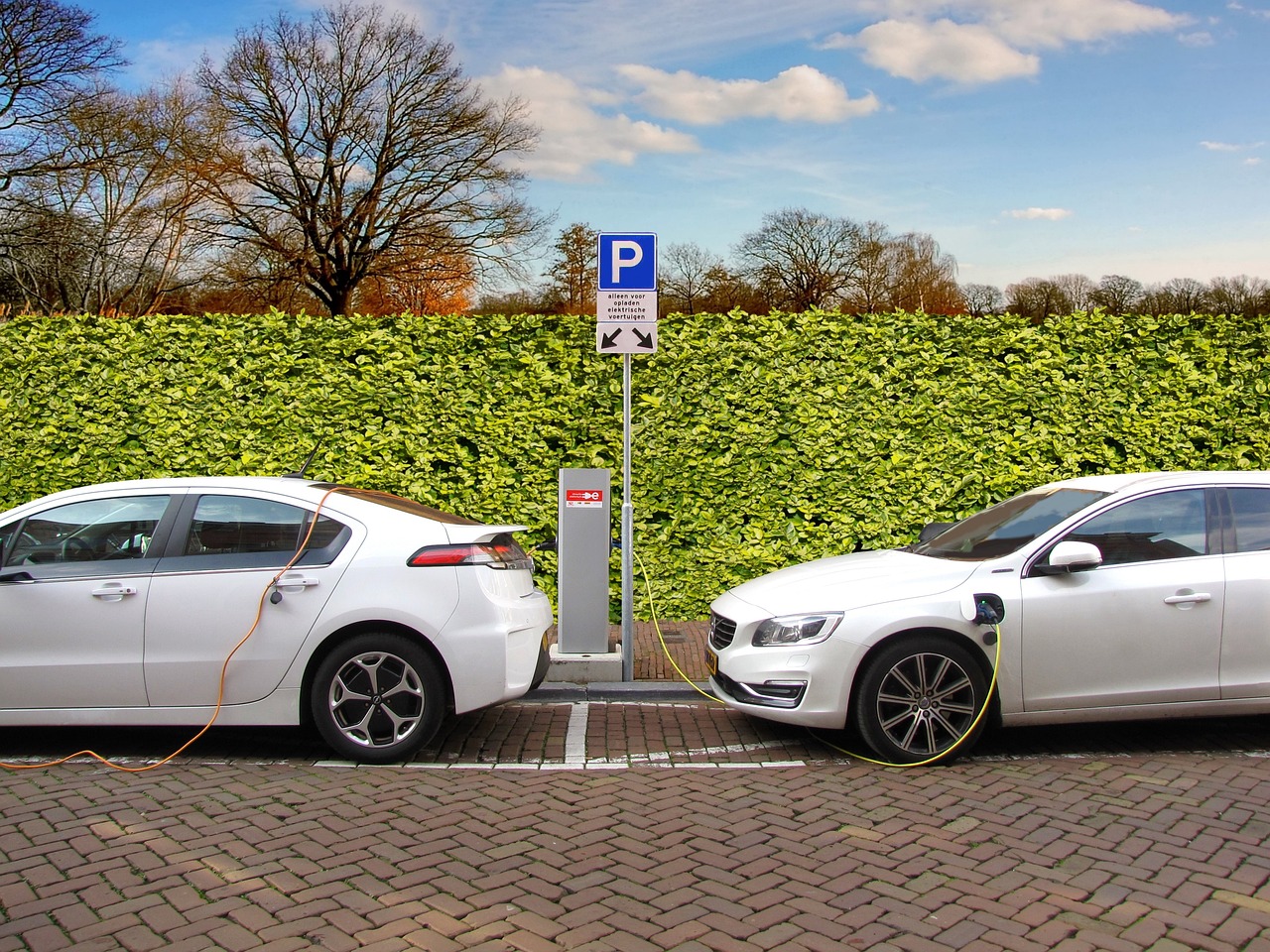
Rechargd.com is reader supported. We may collect a share of sales or other compensation from the links on this page. As an Amazon Associate, we earn from qualifying purchases.
As an electric vehicle (EV) owner or potential owner, you might be wondering who pays for the electricity at car charging stations. With the rapid growth of EVs and charging infrastructure, this is a question many people are asking.
Electricity at car charging stations is typically paid for by the user, with most public stations offering a pay-as-you-go system. Charging costs can vary based on factors like location and provider. Some charging stations, especially at private locations, may offer free charging for employees or residents. Home charging costs depend on your electricity rate.
How Do Charging Stations Work?
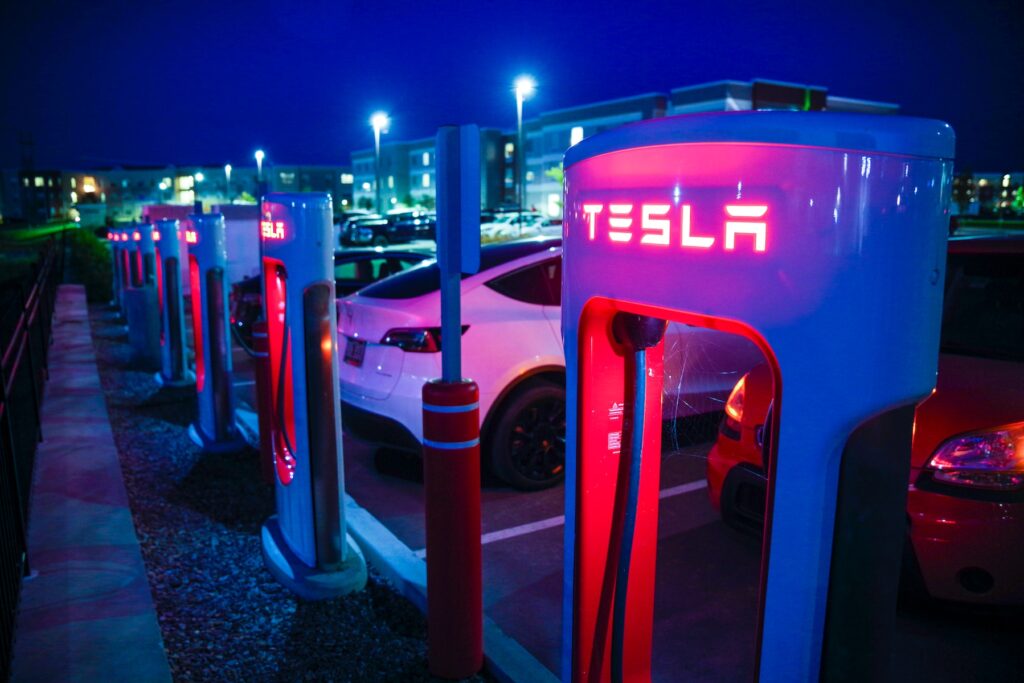
Charging stations come in different forms, ranging from public charging stations to private ones, and even those you can install at home. Public charging stations are typically found in parking lots, shopping centers, and along highways. They are designed to provide a convenient way to recharge your EV while you’re out and about.
On the other hand, private charging stations are often found at workplaces or apartment complexes, giving employees and residents access to charging facilities. Home charging stations are another option, where you can have a dedicated charging point installed at your residence.
In my experience, most public charging stations offer a pay-as-you-go system, where the user pays for the electricity they consume while charging their vehicle. However, some charging stations, particularly those in private locations, may be offered as a free service to employees or residents.
How Much Does It Cost To Charge An Electric Vehicle?
The cost of charging an EV varies depending on several factors, such as the type of charging station, the price of electricity, and the size of the vehicle’s battery. Typically, charging an EV costs less than filling up a traditional gasoline-powered vehicle, making it a more economical choice for many drivers.
When it comes to public charging stations, the cost can be either a fixed rate per charging session, a per-minute rate, or a per-kWh (kilowatt-hour) rate. Per-kWh rates are the most common and are similar to how you pay for electricity at home. The cost can range from $0.20 to $0.50 per kWh, depending on the location and provider.
Private charging stations, as mentioned earlier, may be offered for free to employees or residents, while home charging stations will be billed through your home’s electricity bill. In this case, the cost will depend on your electricity rate and usage during charging.
Are There Any Free Charging Stations?
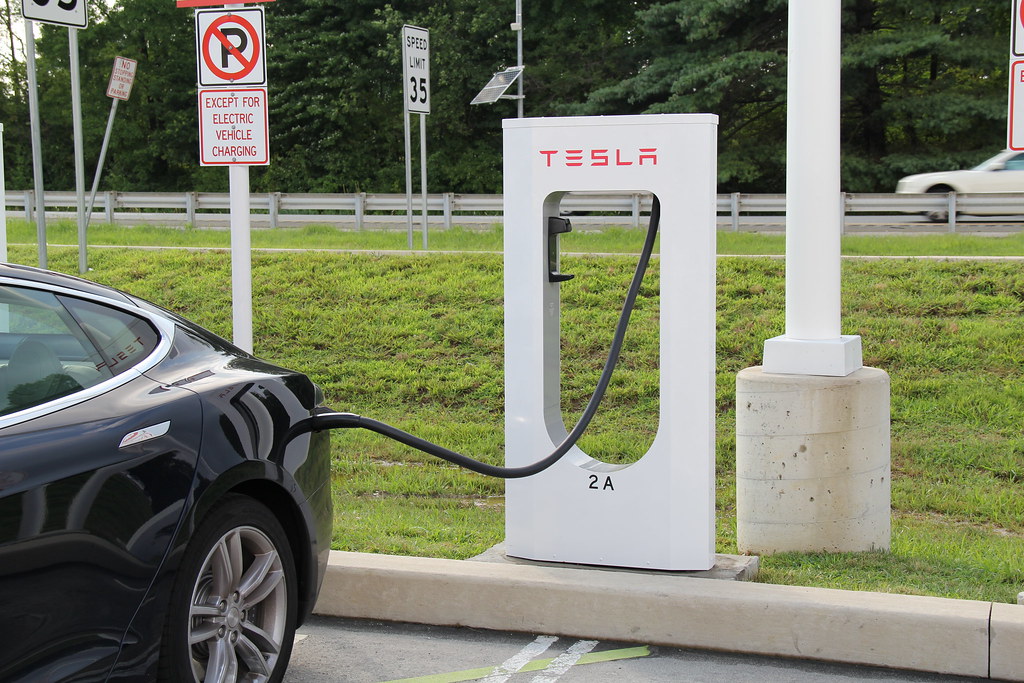
Yes, there are free charging stations available in some areas. These are often sponsored by businesses, municipalities, or EV manufacturers as a way to promote the use of electric vehicles. Free charging stations can sometimes be found at shopping centers, hotels, and even some public parking lots. However, it’s essential to note that free charging stations may not always be the fastest option, as they often provide a slower charge compared to paid stations.
To locate free charging stations near you, various mobile apps and websites can help you find the nearest charging points, along with information on their pricing and availability.
What Are The Payment Options At Charging Stations?
The payment options at charging stations can vary, but most modern stations offer a variety of convenient payment methods. Some of the most common options include:
1. Credit or debit cards
Many charging stations have card readers that accept credit or debit cards for payment. This makes it easy to pay for your charging session without the need for any additional accounts or apps.
2. Mobile Apps
Some charging networks have their own mobile apps, which can be used to initiate a charging session and process payment. These apps often provide additional features, such as locating nearby charging stations and checking their availability.
3. RFID Cards
Some charging networks offer RFID (radio-frequency identification) cards, which can be linked to your payment information. These cards can be tapped on a compatible charging station to initiate a charging session and process payment automatically.
4. Prepaid Cards
In some cases, charging networks offer prepaid cards that can be loaded with funds and used to pay for charging sessions. These cards can be a convenient option for those who prefer not to link their credit or debit card information directly to a charging network.
5. Subscription Plans
Some charging networks offer subscription plans that provide unlimited or discounted charging for a monthly or annual fee. These plans can be a cost-effective option for frequent EV users or those who prefer a more predictable billing structure.
How Can I Save Money On Charging My Electric Vehicle?
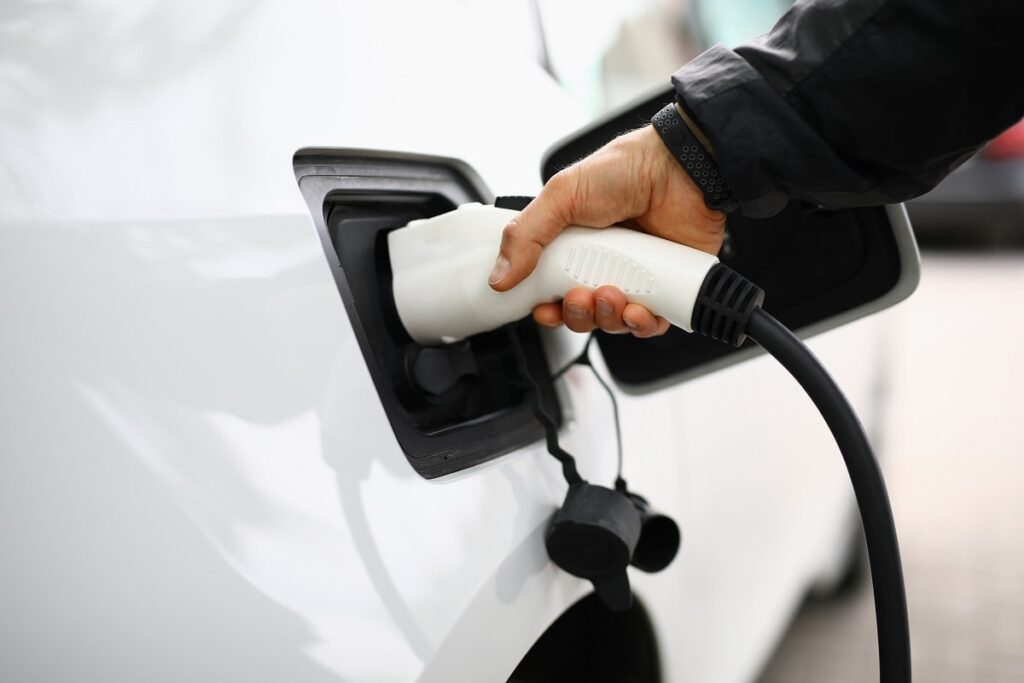
There are several ways to save money on charging your electric vehicle, some of which include:
- Use off-peak electricity rates: If you’re charging your EV at home, try to schedule your charging sessions during off-peak hours when electricity rates are lower. Many utility companies offer time-of-use plans that provide discounted rates during specific times of the day or night.
- Look for free charging stations: As mentioned earlier, there are free charging stations available in some areas. Use mobile apps or websites to locate these stations and take advantage of the cost savings they offer.
- Utilize workplace charging: If your employer offers charging facilities, take advantage of this perk. Not only will you save money on charging costs, but you’ll also have a convenient place to charge your vehicle while you’re at work.
- Consider a subscription plan: If you frequently use public charging stations, look into subscription plans offered by charging networks. These plans can provide discounted or even unlimited charging for a fixed monthly or annual fee.
- Choose an efficient EV: When shopping for an electric vehicle, consider its efficiency and charging speed. More efficient vehicles will require less electricity to cover the same distance, ultimately reducing your charging costs.
Do I Need To Worry About Charging Station Compatibility?
When it comes to charging your electric vehicle, it’s essential to be aware of the different charging connectors and standards. There are three main types of connectors used in the United States:
J1772 (Type 1): This is the standard connector for Level 1 and Level 2 AC charging, compatible with most electric vehicles.
CCS (Combined Charging System): This connector is used for DC fast charging and is compatible with most American and European EV models.
CHAdeMO: This connector is used for DC fast charging and is mainly found in Japanese EV models, such as Nissan and Mitsubishi vehicles.
Before heading to a charging station, make sure your vehicle is compatible with the available connectors. Most electric vehicles come with an adapter for the J1772 connector, while some may require an additional adapter for DC fast charging. Keep in mind that not all EVs are capable of fast charging, so it’s crucial to understand your vehicle’s capabilities before seeking out fast-charging stations.
Are There Any Additional Costs When Using Public Charging Stations?
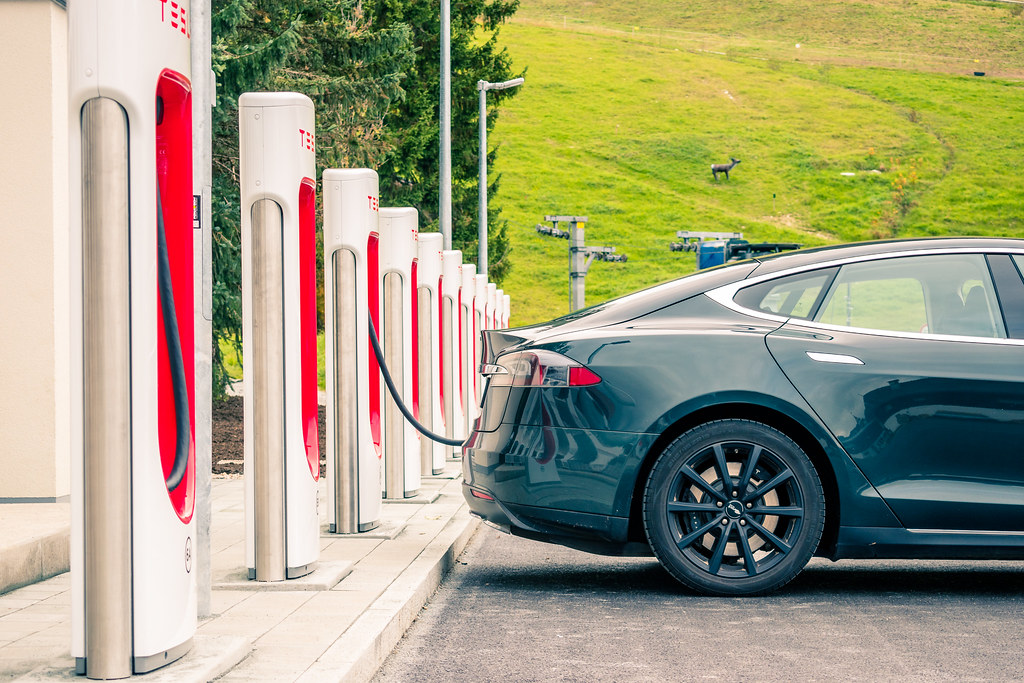
In some cases, there may be additional costs associated with using public charging stations beyond the cost of electricity. These could include:
- Parking fees: Some charging stations, particularly those located in urban areas or parking garages, may require users to pay a separate parking fee in addition to the cost of charging.
- Idle fees: Some charging networks impose idle fees on users who leave their vehicle plugged in after their charging session has been completed. This is to encourage users to free up charging spots for others and prevent unnecessary congestion.
- Membership fees: Some charging networks may charge a membership fee to access their charging stations or provide certain benefits, such as reduced charging rates or priority access to stations.
It’s essential to be aware of these additional costs and consider them when planning your charging sessions.
How Can I Find A Charging Station Near Me?
There are several tools available to help you locate charging stations near you or along your planned route:
- Mobile apps: Many charging networks and third-party developers offer mobile apps that display the location of charging stations, their connector types, pricing, and availability. Popular apps include PlugShare, ChargePoint, and EVgo.
- Websites: Charging network websites often provide a map of their charging stations, while websites like PlugShare aggregate data from various networks to display a comprehensive map of charging stations.
- In-car navigation: Many electric vehicles come with built-in navigation systems that can show nearby charging stations and even guide you to them.
- Voice-activated assistants: Some voice-activated assistants, like Google Assistant or Apple Siri, can help you locate nearby charging stations when asked.
By utilizing these resources, you can quickly and easily find a charging station when you need one, ensuring you’re always prepared to recharge your electric vehicle.
Can I Charge My Electric Vehicle at Home?

Yes, you can charge your electric vehicle at home, and for many EV owners, this is the primary method of charging. Home charging can be accomplished through two main options:
- Level 1 charging: This method utilizes a standard 120-volt household outlet and comes with most electric vehicles. Level 1 charging is the slowest method, providing around 3-5 miles of range per hour of charging.
- Level 2 charging: This method requires a dedicated 240-volt circuit and a charging station to be installed at your home. Level 2 charging provides a faster charge, offering around 10-60 miles of range per hour of charging, depending on the vehicle and charging station’s capabilities.
While Level 2 charging requires an upfront investment for the charging station and installation, it can significantly reduce charging times and make the overall EV ownership experience more convenient.
Conclusion
In conclusion, understanding who pays for electricity at car charging stations and the various factors involved can help you make informed decisions when it comes to charging your electric vehicle. Understanding the ins and outs of electric vehicle charging can help you make the most of your EV ownership experience. By choosing the right charging options, payment methods, and strategies to save money, you can enjoy the many benefits of electric vehicle ownership without breaking the bank.
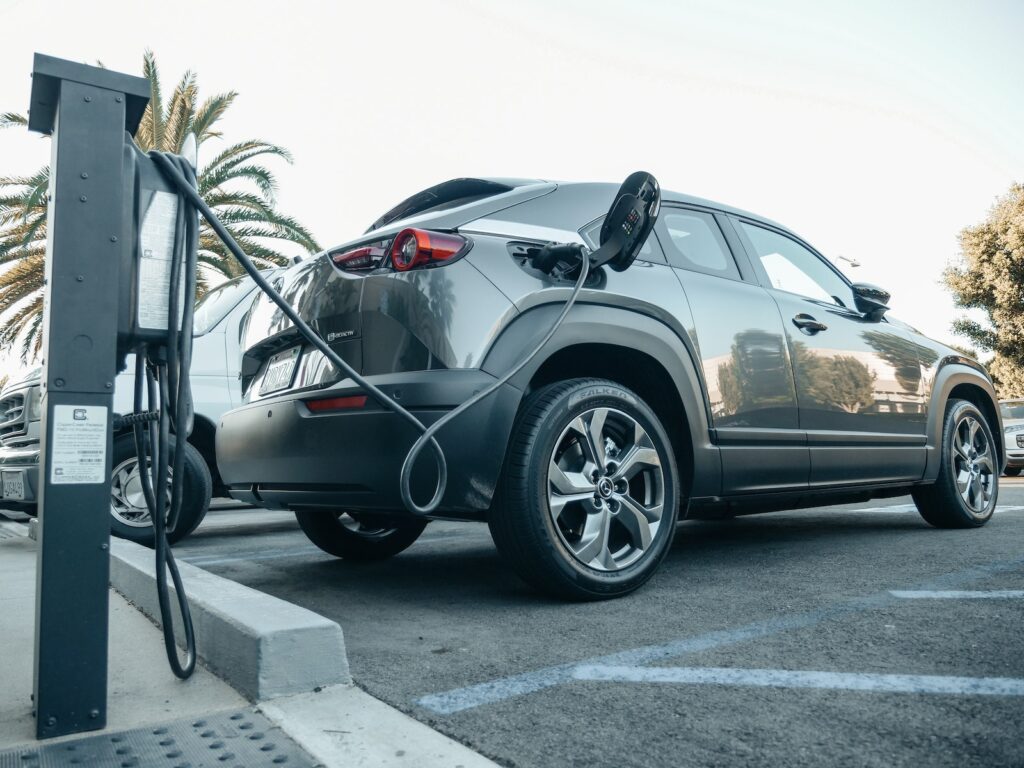
References:
- U.S. Department of Energy. (n.d.). Charging at Home. Office of Energy Efficiency & Renewable Energy. Retrieved from https://www.energy.gov/eere/electricvehicles/charging-home
- U.S. Department of Energy. (n.d.). Charging on the Road. Office of Energy Efficiency & Renewable Energy. Retrieved from https://www.energy.gov/eere/electricvehicles/charging-road
- PlugShare. (n.d.). Find Electric Vehicle Charging Locations Near You. Retrieved from https://www.plugshare.com/
- ChargePoint. (n.d.). Find EV Charging Stations Near You. Retrieved from https://www.chargepoint.com/drivers/
- EVgo. (n.d.). EV Charging Station Locations. Retrieved from https://www.evgo.com/charging-locations/
- Alternative Fuels Data Center. (2021). Electric Vehicle Charging Station Locations. U.S. Department of Energy. Retrieved from https://afdc.energy.gov/fuels/electricity_locations.html
- Edison Electric Institute. (2019). Electric Vehicle Sales Forecast and the Charging Infrastructure Required Through 2030. Retrieved from https://www.eei.org/issuesandpolicy/electrictransportation/Documents/EV_Sales_Forecast_2019_2030_Final.pdf
